Cellist Natasha Brofsky on Developing a Great Performance Presence
”How do we leave a memorable performance presence on stage?" We threw the question over to American cellist Natasha Brofsky to seek her advice.
Have you ever wondered how one could better bring out the nuances that a musical work demands, or how you could raise interpretation to further heights? What can we do to leave our audiences impressed and wanting more? VC reader Victoria was keen to know.
What are some performance presence tips and tricks that you know of? How have they been working for you? Please leave a comment below, we are keen to know your thoughts.

Cellist Natasha Brofsky Discusses How We Can Develop a Memorable and Great Performance Presence On Stage
Dear Victoria,
Performance presence is born out of a sincere and deep connection to the music you are playing and the desire to share this with your audience.
Ask yourself this important question: What do you want your audience to experience as they listen to your performance? If, while you are performing, you are worried about how you are coming across visually, whether you or the audience likes what you are doing or how you look, then your focus is not in the right place.
Just as actors transform themselves into characters, we musicians must focus on the character and emotion behind what we are playing and how the energy and spirit of the music is conveyed through us and our instrument to our audience.
Learn the music inside and out: Know the whole score, not just your own part.
Ask yourself how the phrasing, harmony and texture of the music create atmosphere, energy and direction. These elements are essential to your performance presence.
Use your imagination to color your sound. Experiment with extremes of all kinds: Dynamics — what are the softest sounds in the piece and what are the loudest? What is the most intimate moment? What is the most extroverted moment? What is the calmest section? The most boisterous passage? After establishing extremes, you can work on pacing and how to get from one type of passage to another. In the practice room devote time to working on performance.
After you have worked on perfecting small bits, play through large sections to work on your performance concentration, focusing on what you want your audience to experience as they listen to you. As you get closer to your performance date, perform larger and larger sections in your practice.
On stage, keep your listening alert and use the resonance of the concert hall as an extension of your instrument.
Remember that you are communicating with your audience through sound, and the more of yourself you invest in the quality and character of the sounds you are creating, the greater your performance presence will be.
–Natasha
Do you have a burning question for one of the Pros? Simply email: [email protected]
Natasha Brofsky is cellist of the Naumburg Award-winning Peabody Trio, which has performed on leading chamber music series throughout the U.S., Canada, and the U.K. The trio has been heard on numerous radio broadcasts, and has recorded on the New World, CRI, and Artek labels. She has performed as a guest artist with numerous ensembles, including the Takacs, Prazak, Cassatt, Norwegian, Jupiter, Ying, and Borromeo Quartets. Brofsky has held principal positions in the Norwegian Radio Orchestra and the Norwegian Chamber Orchestra under Iona Brown. She was also a member of the Serapion Ensemble, performing with the group in Germany and Austria, and the string trio Opus 3, which performed throughout Norway for Rikskonsertene, the Norwegian State Concert Agency.
april 2024
may 2024





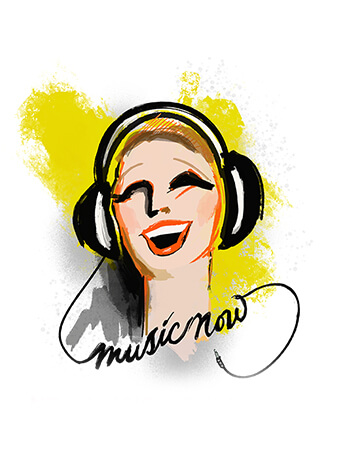

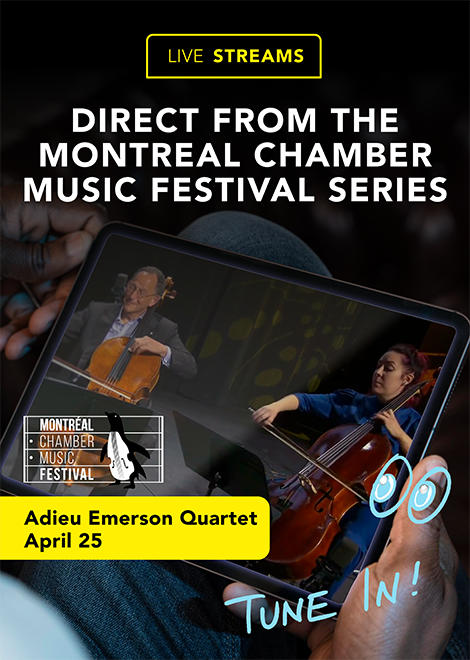

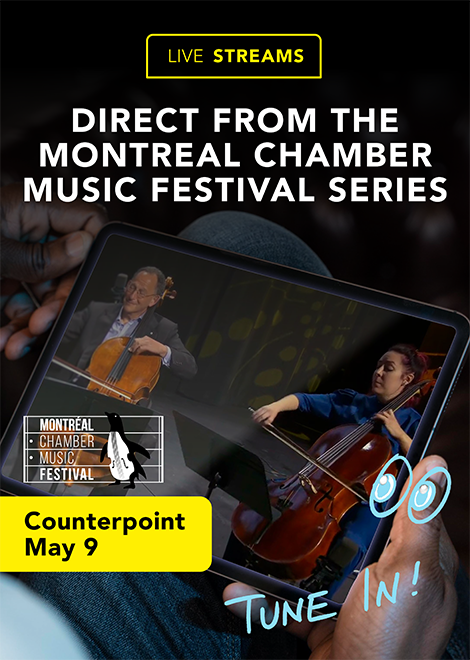





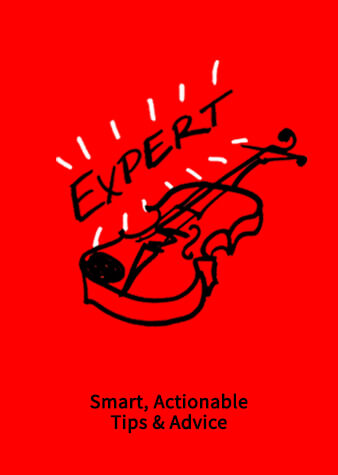

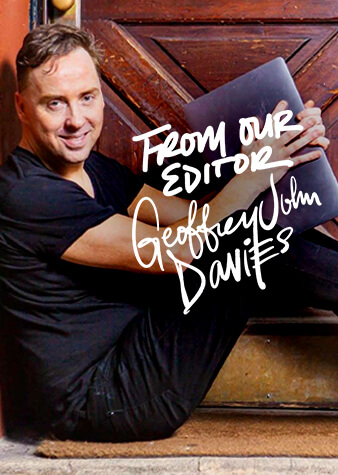
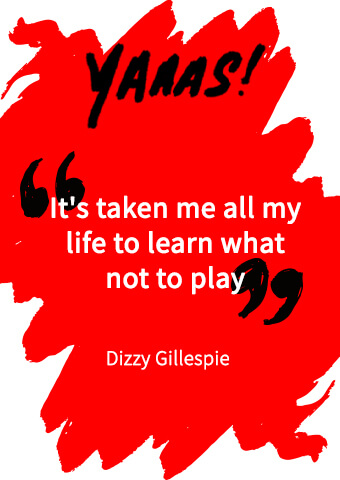
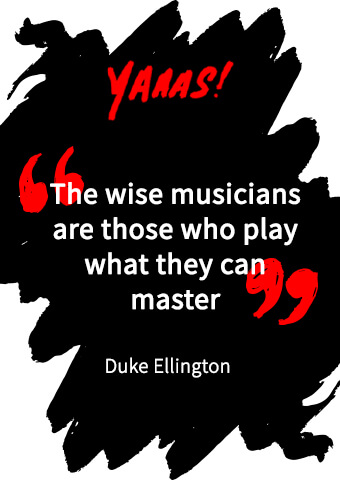
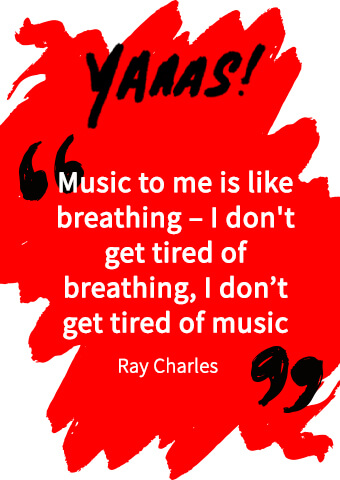
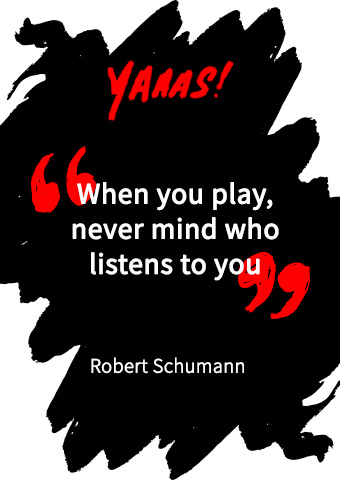




![Applications Open for Italy's 2020 Vivac-e Virtual Music Festival - Violin/Viola and Cello Programs [APPLY] - image attachment](https://www.theviolinchannel.com/wp-content/uploads/2020/06/Vivace-1-800x600.jpg)
![Applications Open for Italy's 2020 Vivac-e Virtual Music Festival - Violin/Viola and Cello Programs [APPLY] - image attachment](https://www.theviolinchannel.com/wp-content/uploads/2020/06/Vivace-800x600.jpg)
![VC LIVE | Juilliard School Chamber Musicians - Live from New York's WQXR [LIVE] - image attachment](https://www.theviolinchannel.com/wp-content/uploads/2019/01/7C6FEE72-6FE4-4181-B6E1-014D4740CB7C-800x600.jpeg)

